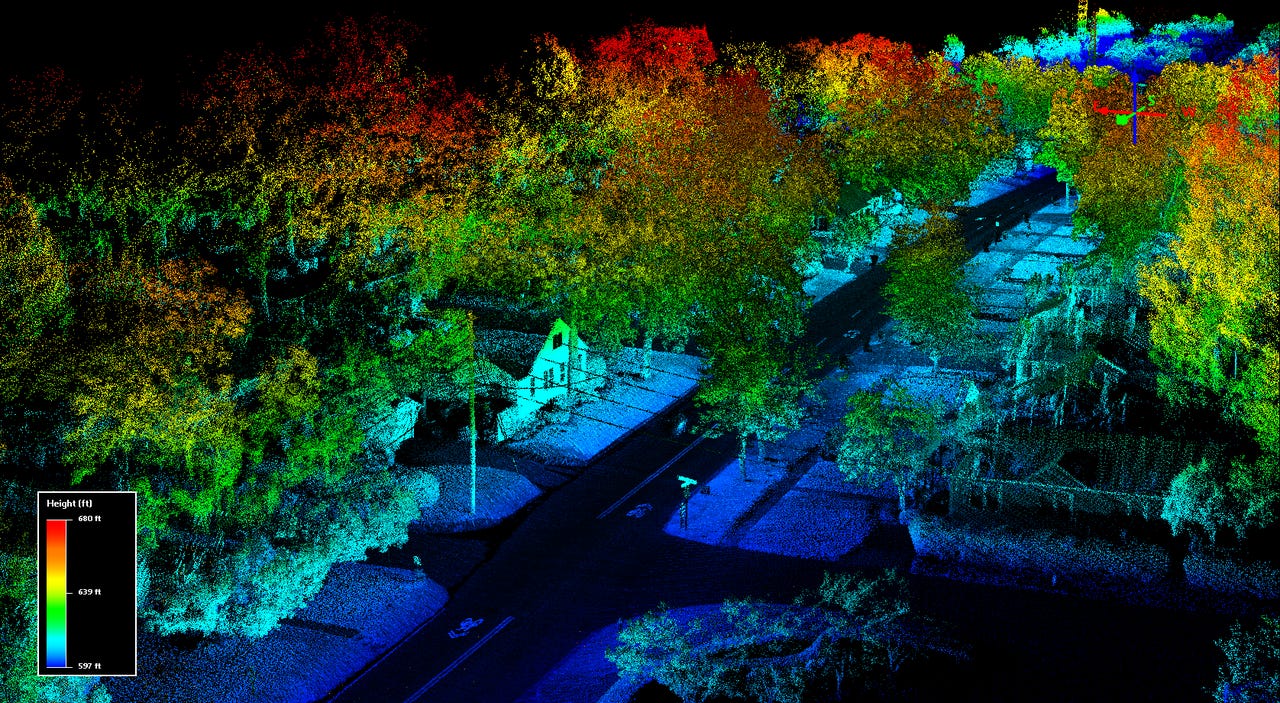AM vs FM: The battle brewing in lidar technology


Elon Musk's objections aside, lidar is powering self-driving vehicle development. The spinning lasers are the keystone sensor in most autonomous driving projects. Prices are falling, and with so-called solid state solutions from companies like Innoviz, Google's quirky dome top lidar sirens are a thing of the past.
And still, not all lidar is created equal. In fact, with news last week that Audi is tapping Silicon Valley startup Aeva to supply lidar sensors for its self-driving ambitions, there are now two competing lidar technologies coming to market: Those that use an amplitude modulation (AM) approach to sensing, and a newer class of lidar that relies on frequency modulation (FM).
A quick primer, which you can use to bore your kids on your next road trip. Companies using AM lidar modulate the amplitude of pulsed waves from the spinning laser array and then calculate the time it takes for the light to bounce back. It uses the information to get a fix on objects in the sensing field, such as other cars or pedestrians.
To date, over 95 percent of the $1.1 billion "lidar bubble" is invested in companies pursuing AM sensing. So it must be pretty rock solid, right?
Not according to companies like Aeva and Montana-based Blackmore, another lidar company that's developed an approach to laser sensing. Blackmore has spent more than 10 years developing FM lidar for the Department of Defense, where the company's lidar sensors have been used to scan perimeters and detect intrusion. It started shipping products to OEMs, Tier 1s, and AV start-ups globally in early 2018. It also has some impressive backers, with funding from two industry heavyweights: Toyota AI Ventures and BMW i Ventures.
Aeva and Blackmore modulate the frequency of the laser wave instead of the amplitude. The lasers don't pulse, as AM lidar does. Instead, small frequency changes are made to a continuous wave. The sensor then measures Doppler effect, defined as an increase or decrease in the frequency of waves as the source and observer move toward or away from each other.
According to advocates of doppler lidar, conventional AM lidar is highly vulnerable to interference from sunlight and other sensors. It's also computationally intense and error-prone in the way it deduces the velocity of objects over multiple frames of data. AM lidar uses all kinds of computational tricks to determine the velocity of objects, which is made more complex by the high error rate caused by lighting inconsistencies and sun glare.
By contrast, the continuous wave of FM lidar can instantaneously measure velocity, reducing computational latency. It's also less power hungry, more readily enabling miniaturization.
So far, most of the money has flowed toward AM, but with Audi's Aeva partnership and Blackmore's big backing from Toyota and BMW, FM has become a viable competing technology very quickly. That could mean a big shakeup in store in autonomous driving development.